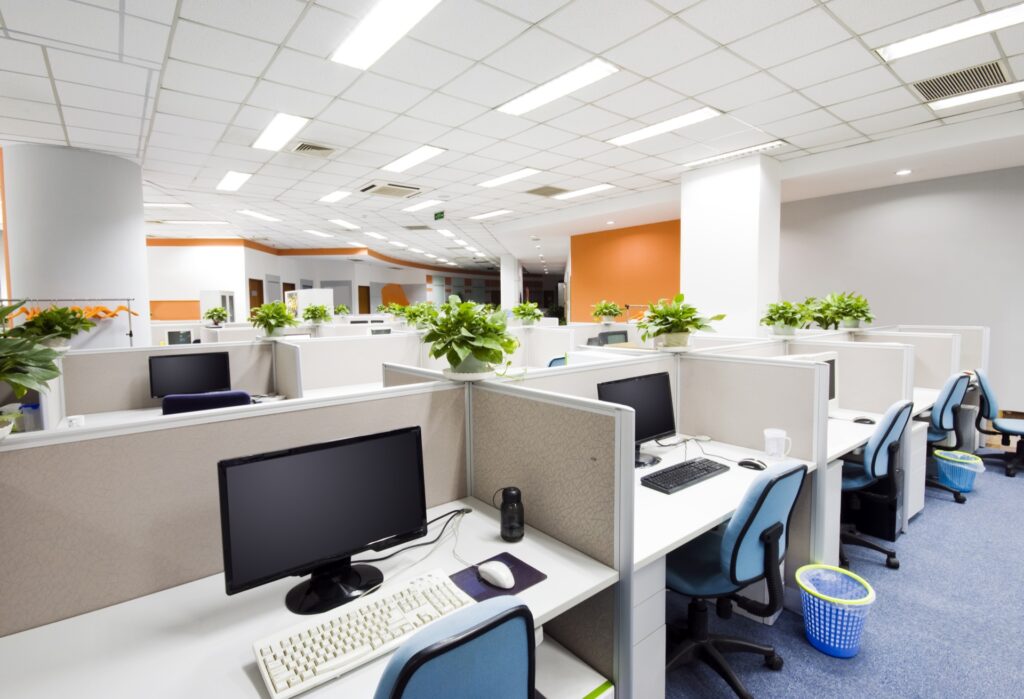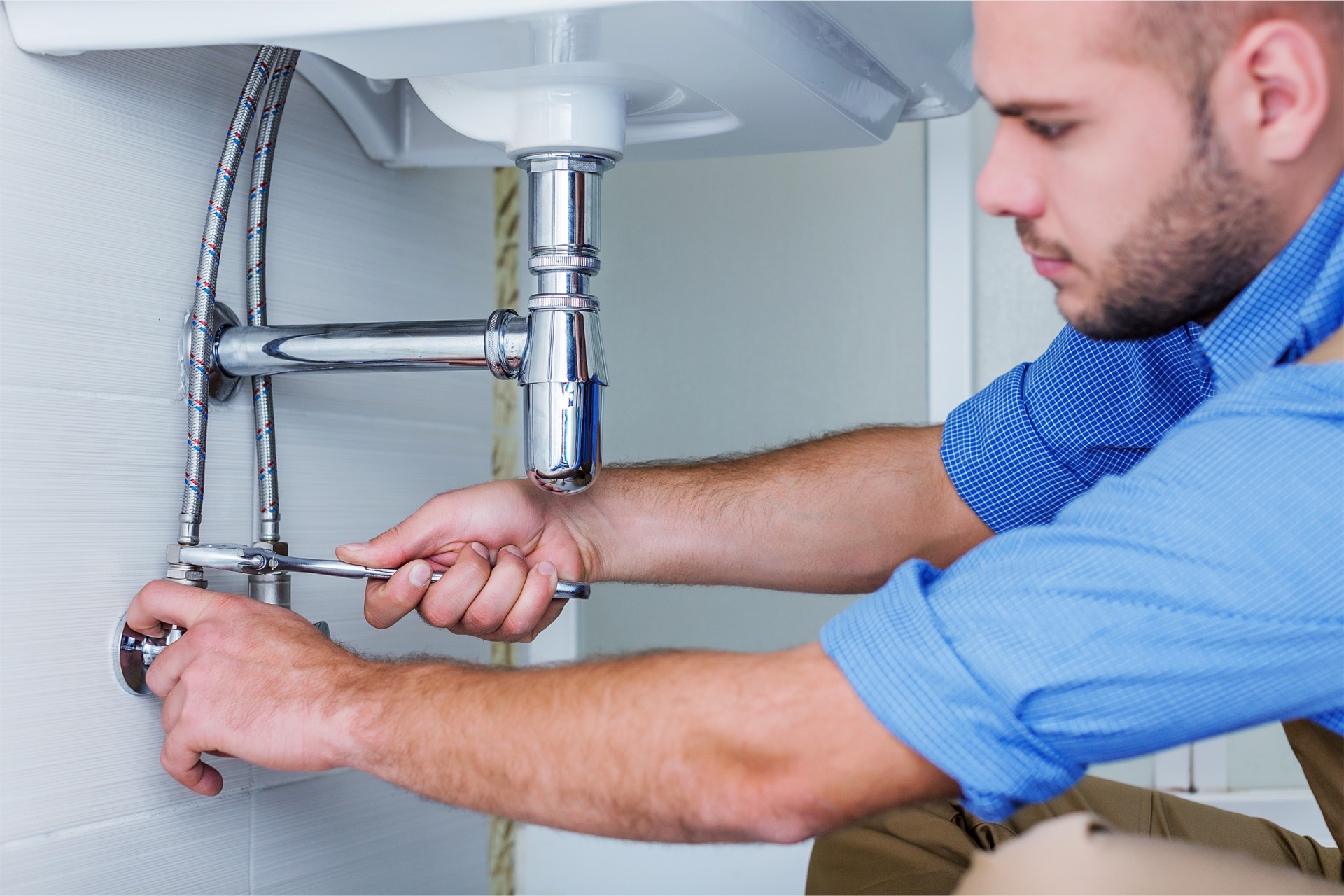Rental inspections, done properly, involve finding the “goldilocks” of timing. Having too many rental inspections means taking up too much time and souring relationships with tenants. On the flip side, too few rental inspections and serious damage might be missed getting fixed in time before it becomes overly costly. As such, one of the key responsibilities of a property manager is to strike the right balance between the two.
Key Responsibilities of Property Managers: Finding the Right Time to Do Rental Inspections
Rental inspections are not something that need to happen daily, and in many cases not even weekly. Typically, there are three different circumstances when a rental inspection should be done.
- When a new tenant moves in. This is more often referred to as a “move-in inspection” and is performed after the new resident gets their keys to the property and signs the lease. Note that this is done before they move-in any items so that any damages or broken fixtures can be noted ahead of time.
- When an existing tenant moves out. This is done to determine the condition of the property when the tenant leaves to ensure that no additional damage has been done.
- Routine inspections for ongoing tenants. As a property manager, one of your main responsibilities is to make sure that all parts of a property are working safely and function normally. These are also great opportunities to discover anything that could be bringing property value down and to find ways to fix them.
Why Rental Inspections Are So Important
Rental inspections may seem time-consuming, but they are one of the most important responsibilities of a property manager.
Why? They can prevent damage, pest issues and property damage among many other positive benefits. Not only does this mean less costly repairs, but it also means saving business owners money for having to deal with the issues themselves and thus, makes them happier tenants.
It also ensures tenants are following the lease agreement and brings attention to the ones that aren’t to give property managers the opportunity to deal with them proactively.
Finally, it gives property managers the ability to check their own liability and ensure tools like carbon monoxide detectors, smoke alarms, and other safety features are in good condition and fix them if not.
How Rental Inspections Can Be Conducted Safely
To conduct rental inspections efficiently and effectively, there are some important best practices property managers should follow.
- Tenants need to be given at least 24 hours of notice that you’ll be doing a rental inspection. They have a right to their privacy, and legally you need to give a minimum of 24 hours of notice.
- Be mindful of safety and clearly communicate to tenants how you will be wearing a mask and following social distancing practices and how they will need to do the same. Safety is especially important for both parties during the pandemic.
- If possible, a rental inspection should be arranged with the primary lease holder present to discuss any maintenance that potentially needs to be done as well as to address any additional concerns or comments they may have.
- Educate the tenant that has a rental inspection about what the intent is. They should be informed whether it’s just a routine check or if you plan to do any work or repairs to fix something.
- Document any issues in writing so each tenant has a record of things that were done and/or brought up.
Ultimately, rental inspections are crucial for improving tenant well-being in addition to ensuring a property stays in the best possible condition.



